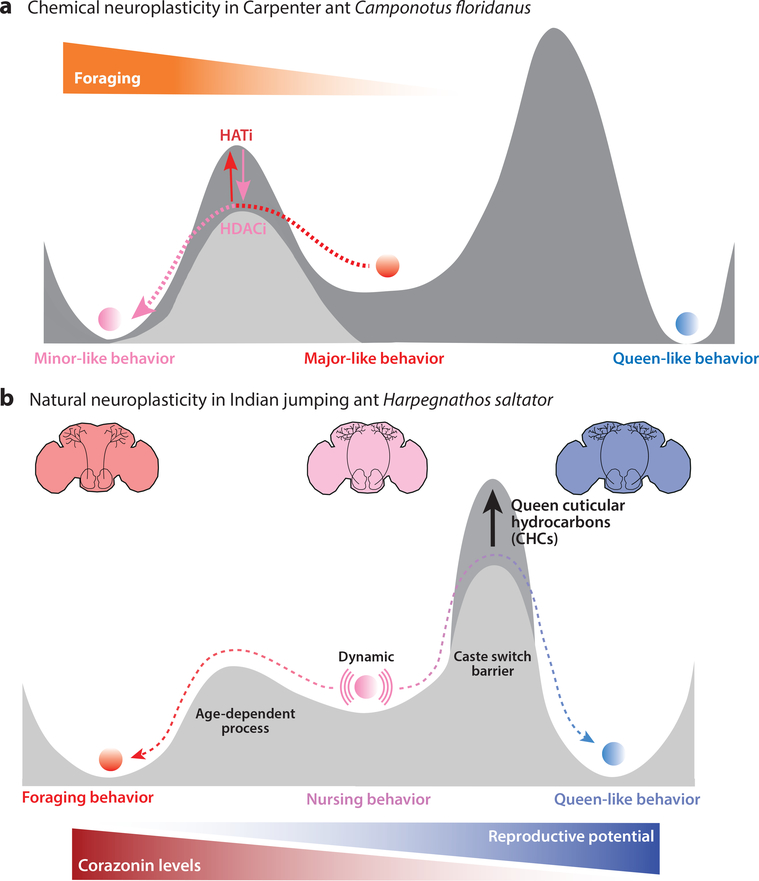Figure 2. Neurobehavioral plasticity in eusocial insects.
(a) The carpenter ant Camponotus floridanus has two worker subcastes: minor and major. Even though Camponotus has a rigid caste system, caste-specific behaviors in young workers can be altered by chemical treatments: Injecting HDACi in the brain can induce minor-specific foraging behavior in majors. Coinjecting HATi antagonizes the behavioral effect (115). (b) In Harpegnathos saltator, natural environmental cues can change caste-specific behaviors: Queen CHCs repress the reproductive capabilities of Harpegnathos workers and prevent a caste switch. In the absence of a queen, workers develop into gamergates (blue), which exhibit queen-like behavior and physiology. Nursing workers (pink) naturally become foraging workers (red) as they age, in a transition related to increasing neuropeptide corazonin levels in the brain (40). Abbreviations: CHCs, cuticular hydrocarbons; HATi, histone acetyltransferase inhibitor; HDACi, histone deacetylase inhibitor.

